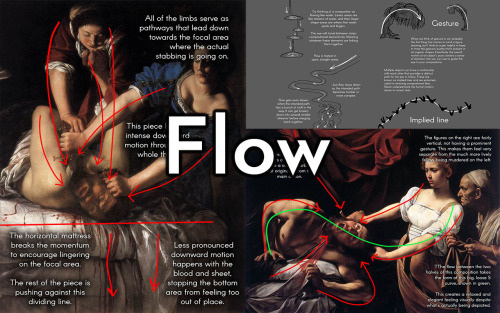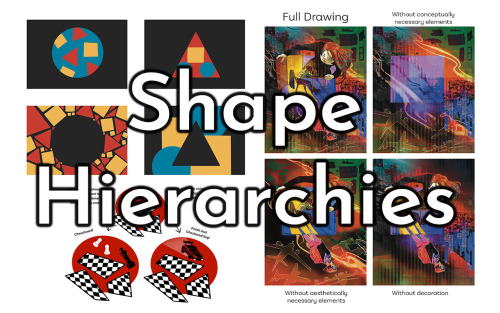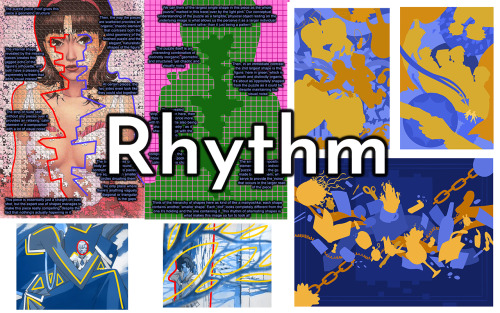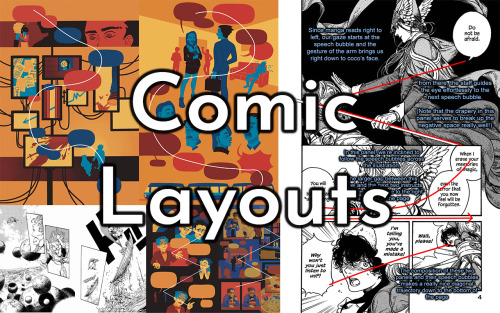NGC 3314



NGC 3314
At first glance you'd be forgiven for thinking this was two galaxies merging, but they are actually 23 million light years from one another, and just happen to be overlapping due to our perspective.
The closest galaxy is 117 million light years away with the other 140 in the constellation of Hydra.
More Posts from Donutdomain and Others
Daily Butterfly facts
Butterflies can’t fly if they’re cold
Ice age children frolicked in 'giant sloth puddles' 11,000 years ago, footprints reveal

More than 11,000 years ago, young children trekking with their families through what is now White Sands National Park in New Mexico discovered the stuff of childhood dreams: muddy puddles made from the footprints of a giant ground sloth.
Few things are more enticing to a youngster than a muddy puddle. The children — likely four in all — raced and splashed through the soppy sloth trackway, leaving their own footprints stamped in the playa — a dried up lake bed. Those footprints were preserved over millennia, leaving evidence of this prehistoric caper, new research finds.

The finding shows that children living in North America during the Pleistocene epoch (2.6 million to 11,700 years ago) liked a good splash. “All kids like to play with muddy puddles, which is essentially what it is,” Matthew Bennett, a professor of environmental and geographical sciences at Bournemouth University in the U.K. who is studying the trackway, told Live Science. Read more.


a couple notes on how i think about lighting (& mattes) for storyboards that i made a while back while looking at student portfolios!
An interesting fact I just learned about amethyst! It is a light-sensitive crystal, so if you keep it in direct light, the color can fade. So if you want to preserve the pigment of your amethyst, make sure to keep it out of direct lighting ☀️💜

i made my first infographic on a topic ive been very interested in lately: wings! ive seen a lot of anatomical sins relating to wings lately (i am not exempt from this) particuarly involving pterosaurs so i put this together to help artists who may be struggling with drawing wings. enjoy. i am also open to criticism on anatomy or errors
a digital artist’s guide to digital art guides
hi my qualification for writing this guide to youtube art tutorials (though it may be applicable to other forms of media as well) is that i have watched over (roughly) 200 art tutorials of various length, artistry, content, style, and more
when we’re told “look up guides online” there’s not really much more to say on how to approach our research and taking them in, so if you’re a little lost in the vast sea of art help like i was as a wee bab, then this may help!
General Use:
don’t feel bad for skipping - if something isn’t striking you as informative or helpful, don’t feel bad for moving right along and treating it like a sponsor
^ also applies for lengthy talking or deriving from the point, if you’re not up for it. you don’t need to sit through the artists’ whole spiel to learn how to draw hands.
if something isn’t making sense, reach out to communities for help, and go beyond youtube/tumblr. reddit and discord servers are also full of places to go to talk to more ppl
trust your gut! if someone’s style makes you go “hmm this feels wrong and objectifying”, it’s because it is - feel free to move right along
^ also applies for if it feels like the artist is just showing off and not explaining enough, or just posting for ego boost or to get coin.
… related tip but if an artist likes to rant about discourse as the primary thing on their channel, i know drama can be fun and juicy but please just avoid these people, because generally they’re either nasty and toxic-minded, or they seem to have some bs going on for them in the background
check out comments and online discussion to see how well received a popular artist is, and pay attention to their discourse to avoid any mistakes they unintentionally or even proudly display
the art program is not important!!! every art program has some level of similar functionality, some with more bells and whistles than others, and very rarely does one program lack a key tool the others don’t have. the hardest part is translating what your artist means when they say one thing but your program has another - but more often than not, some similar wording or like words are used for the same tool or setting.
^ this means you can watch that tutorial on how to draw legs for clip studio if all you have is firealpaca
Information over Entertainment! the best artists to find help in are ones who focus primarily on relaying information and less on colorful quirky editing - those kinds CAN be helpful, but in general i tend to find more useful tips in videos that feel more academic as opposed to more entertaining.
don’t feel bad for flatout ignoring advice. if you found something that works better for you, please use it. feel free to try new techniques as well if you’re feeling stuck or want a change of pace!
Terms and Conditions:
What words should you use when finding the right video? Think like a content creator, here. General words are best when searching for the right video, and in order to think of those words, you need to know the parts of art. Lines, anatomy, colors, values, background, perspective, etc - figure out which part or parts you struggle with, and use one term at a time.
What types of videos are for me? If you are a Fresh Brand New Baby Beginner Artist that doesn’t even know much about art letalone art programs, then stick to tutorials that are labelled “for beginners”. If you know your way around an art program but you’re still pretty new, then your average art tutorial should be most helpful. More entertaining artists should be ok to start with! If you know your way around art but not programs, look for “art program reviews”, then once you’ve picked one or a few to mess around with (though I really recommend one at a time), look for “(program name) intro to / introductory”. And if you are well aware of everything I’ve listed, then you’ll be needing “intermediary / intermediate” tutorials. These ones are best given by master artists who focus on academic presentation. If you’re a master, you don’t even need this tumblr post wyd 😂





Hello everyone! after a couple of months of work on this beast of a thing, the first draft of my promised writeup on understanding composition is finally ready! This badboy is almost 15,000 words, and over 150 pages long. In these images, you can see a couple of examples of the kind of subject matter I’ll be covering, but it’s very comprehensive.
This is currently available on my Patreon starting at just $2!
I think what I offer is a pretty unique take on composition, and it’s geared to be understood without a lot of consideration for the more finnicky technical elements of drawing, so if that’s part of art you have trouble with you might find some answers in my approach. Using my own art and examples from various disciplines and eras, I break down how to understand why a composition does - or doesn’t - work, all building to a toolset that lets you have control over your own compositions with precision and intent.
A sincere thank you to anyone who takes the time to look at it, and at the end of the day, always remember one fundamental rule of art:


Herschel’s view of new stars and molecular clouds by europeanspaceagency
-
 luneblessed liked this · 1 year ago
luneblessed liked this · 1 year ago -
 dihydrogenmonoxide-appreciation liked this · 1 year ago
dihydrogenmonoxide-appreciation liked this · 1 year ago -
 scots-dragon liked this · 2 years ago
scots-dragon liked this · 2 years ago -
 annoyingalchemist liked this · 2 years ago
annoyingalchemist liked this · 2 years ago -
 cydonian-mystery reblogged this · 2 years ago
cydonian-mystery reblogged this · 2 years ago -
 cydonian-mystery liked this · 2 years ago
cydonian-mystery liked this · 2 years ago -
 oh-nostalgiaa liked this · 2 years ago
oh-nostalgiaa liked this · 2 years ago -
 captastra reblogged this · 2 years ago
captastra reblogged this · 2 years ago -
 d-activ8dvalles liked this · 2 years ago
d-activ8dvalles liked this · 2 years ago -
 ramblingman12 liked this · 2 years ago
ramblingman12 liked this · 2 years ago -
 cosmicretreat reblogged this · 2 years ago
cosmicretreat reblogged this · 2 years ago -
 cosmicretreat liked this · 2 years ago
cosmicretreat liked this · 2 years ago -
 redlkia liked this · 2 years ago
redlkia liked this · 2 years ago -
 myresortofawesomeness reblogged this · 2 years ago
myresortofawesomeness reblogged this · 2 years ago -
 nqtcrlhu4a liked this · 2 years ago
nqtcrlhu4a liked this · 2 years ago -
 cel8j4034e liked this · 2 years ago
cel8j4034e liked this · 2 years ago -
 swissasianpanda liked this · 2 years ago
swissasianpanda liked this · 2 years ago -
 hf06ho1ifk liked this · 2 years ago
hf06ho1ifk liked this · 2 years ago -
 takuik7oz3 liked this · 2 years ago
takuik7oz3 liked this · 2 years ago -
 kcrxmg3i9l liked this · 2 years ago
kcrxmg3i9l liked this · 2 years ago -
 dx7rjqb9h4 liked this · 2 years ago
dx7rjqb9h4 liked this · 2 years ago -
 the-nuclear-chaos reblogged this · 2 years ago
the-nuclear-chaos reblogged this · 2 years ago -
 liviemomo reblogged this · 2 years ago
liviemomo reblogged this · 2 years ago -
 gv1312 liked this · 2 years ago
gv1312 liked this · 2 years ago -
 premiumsockets liked this · 2 years ago
premiumsockets liked this · 2 years ago -
 fleetofwarships liked this · 2 years ago
fleetofwarships liked this · 2 years ago -
 jfictitional liked this · 2 years ago
jfictitional liked this · 2 years ago -
 thund3rlord7 liked this · 2 years ago
thund3rlord7 liked this · 2 years ago -
 abstractandedgyname reblogged this · 2 years ago
abstractandedgyname reblogged this · 2 years ago -
 abstractandedgyname liked this · 2 years ago
abstractandedgyname liked this · 2 years ago -
 friznod liked this · 2 years ago
friznod liked this · 2 years ago -
 dogbytez liked this · 2 years ago
dogbytez liked this · 2 years ago -
 blesstheunknownpoeit reblogged this · 2 years ago
blesstheunknownpoeit reblogged this · 2 years ago -
 blesstheunknownpoeit liked this · 2 years ago
blesstheunknownpoeit liked this · 2 years ago

I just reblog fun facts/tipsScience, nature, geology facts etc! + art & writing tips!
67 posts


